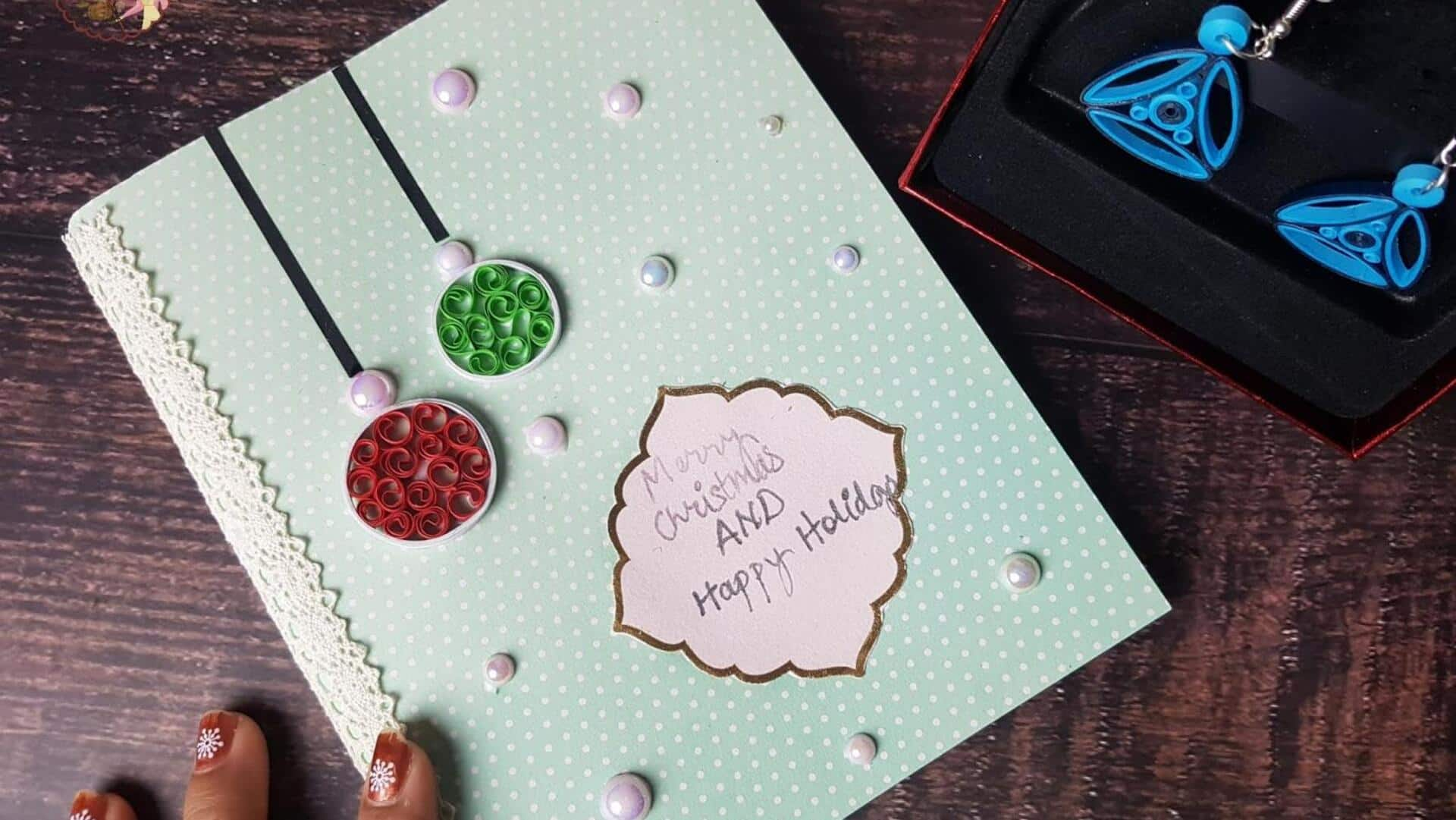
5 expert tips to help you design striking greeting cards
What's the story
Creating personalized greeting cards can be a delightful way to express your sentiments. With the right techniques, you can craft cards that are not only visually appealing but also meaningful. Here are five expert tips to help you design greeting cards that stand out. These insights focus on simplicity, creativity, and personalization, ensuring your cards leave a lasting impression on recipients.
Tip 1
Choose quality materials
Selecting high-quality materials is essential for making your greeting cards look professional. Choose sturdy cardstock or paper with a nice texture to give your card a premium feel. Using good materials ensures that the card withstands handling and retains its shape over time. Also, consider using eco-friendly options if you want to make an environmentally conscious choice.
Tip 2
Incorporate simple designs
Simplicity is the key to an elegant card design. Go for clean lines, minimalistic layouts, and a limited color palette to make your card look sophisticated. Complicated designs can distract from the message you want to convey. Instead, focus on creating a balanced composition that highlights the key elements without overwhelming the recipient.
Tip 3
Personalize with handwritten notes
Adding a handwritten note makes your greeting card more personal and heartfelt. It shows that you have taken the time to write something special for the recipient. Use neat handwriting or calligraphy to make it look even more appealing. Personalizing your message adds warmth and sincerity, making it more memorable for those who receive it.
Tip 4
Use high-quality images or illustrations
If you are using images or illustrations in your card design, make sure they are of high quality. Blurry or pixelated images can make your card look unprofessional. Use high-resolution photos or hire an artist for unique illustrations that complement your theme and message.
Tip 5
Experiment with different formats
Don't limit yourself to traditional rectangular formats; try out different shapes like circles or squares for added interest. You can also play around with folding techniques like pop-ups or accordion styles for an interactive element that engages recipients further than standard flat cards would do alone.